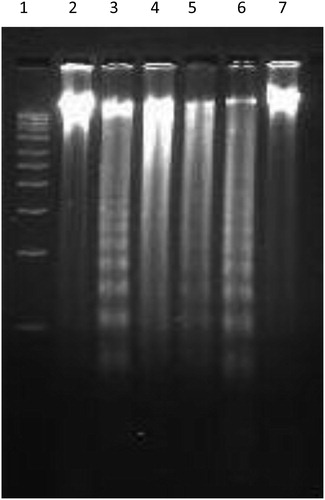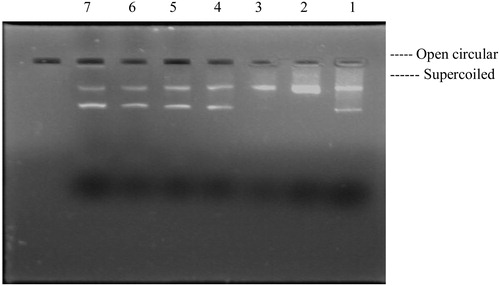Figures & data
Figure 1. Effect of aqueous extract of P. hexandrum (P.H) and known antioxidant vitamin E (V.E) on DPPH radical scavenging activity. The results represent mean ± SD of three separate experiments.
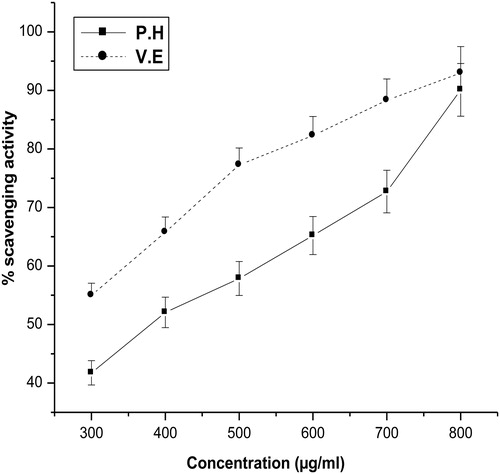
Figure 2. Effect of aqueous extract of P. hexandrum (P.H) and catechin (an antioxidant) on hydroxyl radical scavenging activity. ***P < 0.001 when compared with catechin. The results represent mean ± SD of three separate experiments.

Figure 3. Reducing power of aqueous extract of P. hexandrum. The absorbance at 700 nm was measured in triplicate. BHT was used as a positive control. The results represent mean ± SD of three separate experiments.
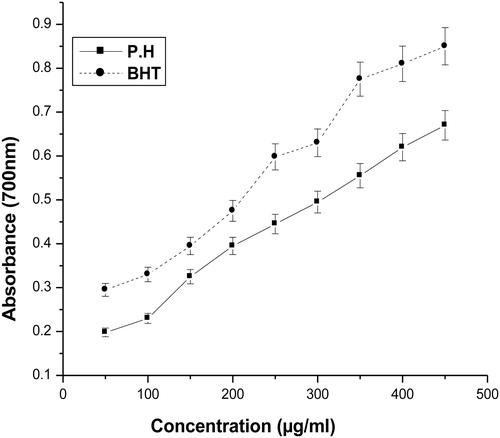
Table 1. Effects of P. hexandrum aqueous extract on biochemical parameters in CCl4-induced hepatotoxicity in albino rats
Figure 4. Effect of aqueous extract of P. hexandrum on lipid peroxidation in CCl4-treated rats. V.E stands for vitamin E. Values represent mean ± SD of seven animals in each group. ***P < 0.001 when compared with olive oil only, $$$P < 0.001 when compared with the CCl4 group, NS, non-significant when compared with CCl4 + V.E.
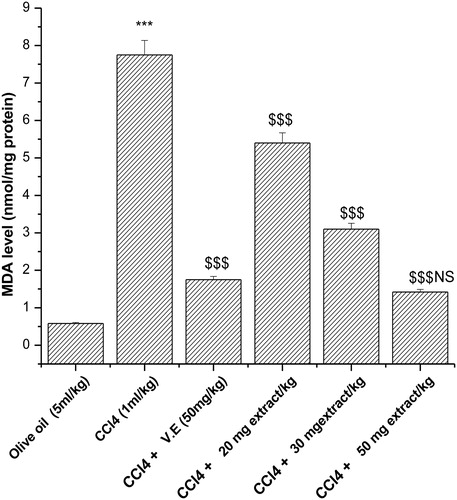
Table 2. Effects of treatment of aqueous extract of P. hexandrum on antioxidant enzymes in CCl4-challenged rats
Figure 5. Aqueous extract of P. hexandrum induced DNA fragmentation in HL-60 cells. Cells 2 × 106/ml/well were treated with indicated conc. of plant extract for 24 hours. Genomic DNA was isolated and put to electrophoresis as described in the Materials and methods to assess the fragmentation at different concentrations. Lane 1, 1 kb ladder; Lane 2, –ve control (untreated cells); Lane 3, +ve control (camptothecin at 5 µM for 6 hours); Lanes 4–7, extract at 100, 70, 50, 30 µg/ml.
